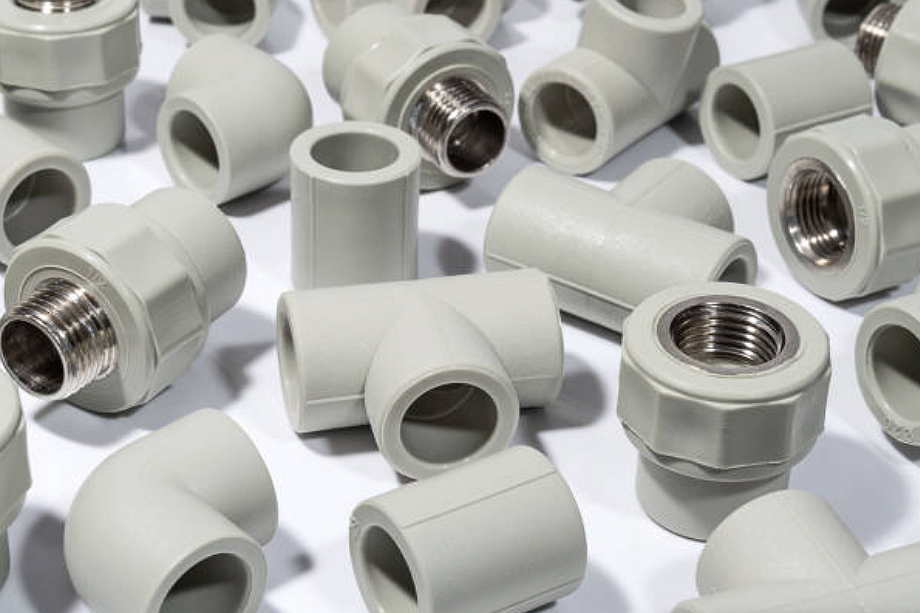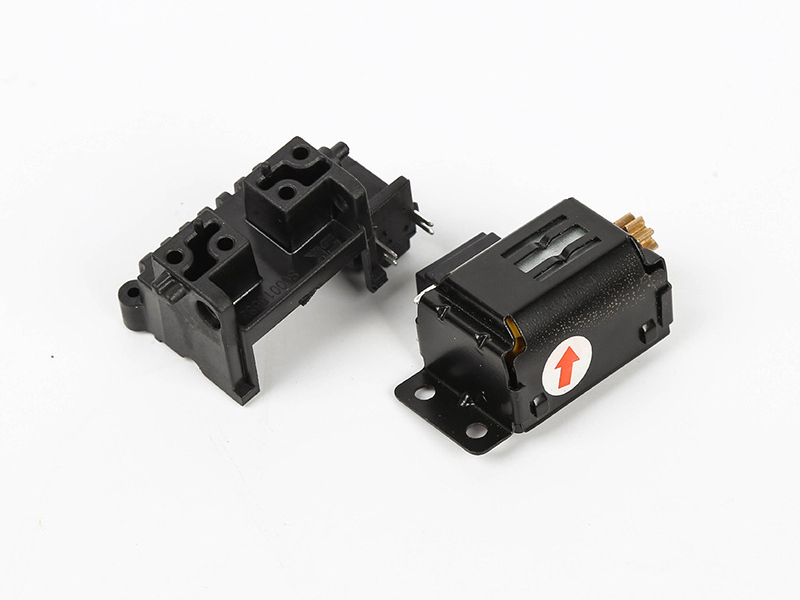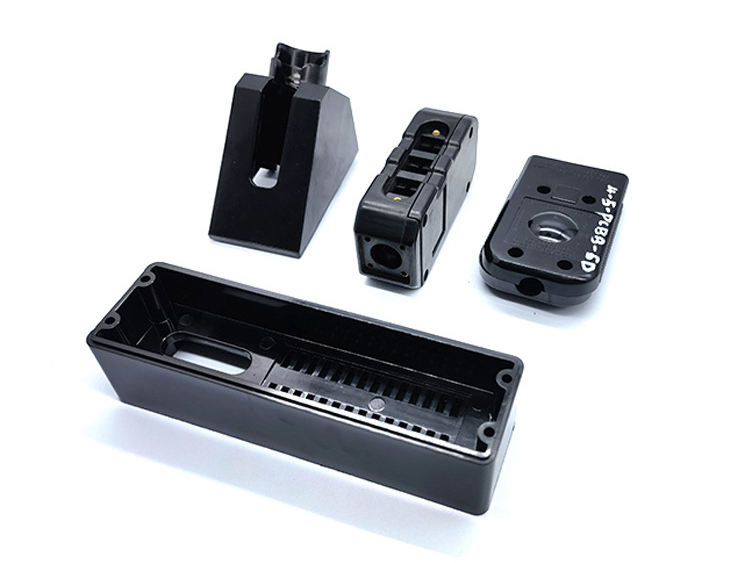How Does Insert Molding Enhance Product Durabilities?
Reinforcing Structural Integrity Through Integration
Insert molding enhances product durability by permanently combining dissimilar materials into a single, cohesive structure. Unlike traditional assembly methods that rely on adhesives or mechanical fasteners, insert molding forms a robust molecular or mechanical bond between the insert and the molded plastic. This process significantly improves structural integrity, wear resistance, and long-term reliability—especially in high-stress or high-temperature environments.
1. Superior Mechanical Strength
By embedding metal components such as stainless steel or brass inserts directly into thermoplastic substrates, the load is distributed evenly throughout the part. This reduces localized stress and minimizes the risk of cracking or deformation during use. In automotive or power tool applications, this integration allows threaded inserts and mounting points to withstand repeated torque and vibration without loosening or wear.
2. Improved Resistance to Environmental Stress
Encapsulating metal or ceramic inserts within molded plastics, such as nylon (PA) or polycarbonate (PC), shields them from external factors, including moisture, corrosion, and mechanical shock. This is particularly beneficial in medical devices and consumer electronics, where reliability and product longevity are critical.
3. Enhanced Vibration and Impact Resistance
The encapsulated design achieved through insert molding acts as a natural vibration damper. Elastomeric overmolds—utilizing materials such as thermoplastic elastomers (TPE) or TPU—absorb mechanical shocks while maintaining the insert’s secure positioning. This combination prevents premature material fatigue, extending product life in dynamic environments.
4. Elimination of Weak Assembly Points
Traditional fasteners and press-fitted parts can loosen over time due to thermal cycling or vibration. Insert molding eliminates these weak points by permanently bonding the insert to the polymer matrix during the molding process. The result is a unified part with minimal potential for detachment or structural failure, reducing the need for maintenance or replacement.
5. Compatibility with Surface Treatments
When required, surface treatments such as electropolishing, black oxide coating, or plating can be applied to inserts before molding. These finishes improve corrosion resistance and bonding quality, further extending the durability of the final component.
6. Consistency Through Precision Manufacturing
Working with an experienced custom parts manufacturing service ensures consistent insert alignment, optimized mold temperature control, and strong bonding adhesion. Automated insert placement and precision plastic injection molding minimize defects and ensure part-to-part reliability.



